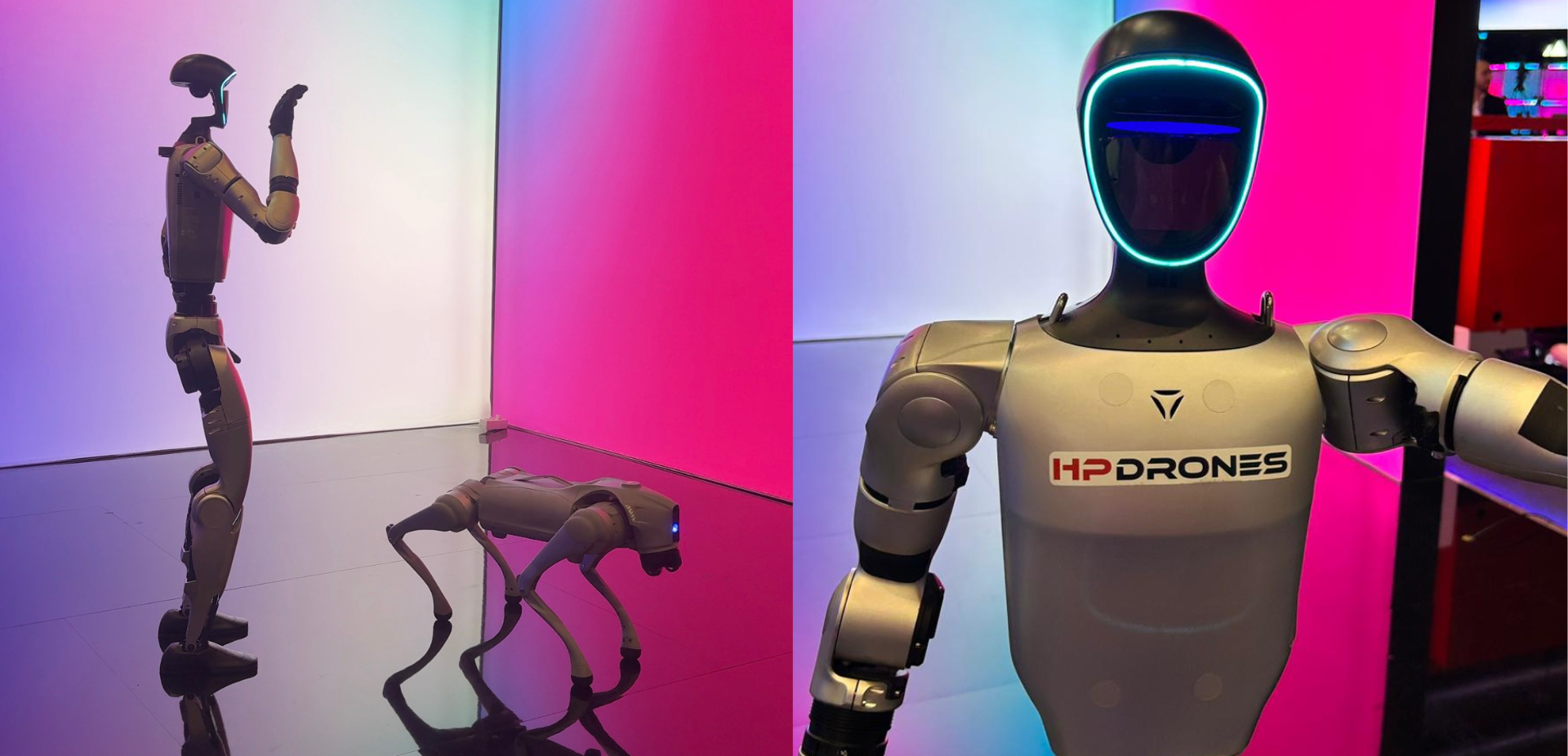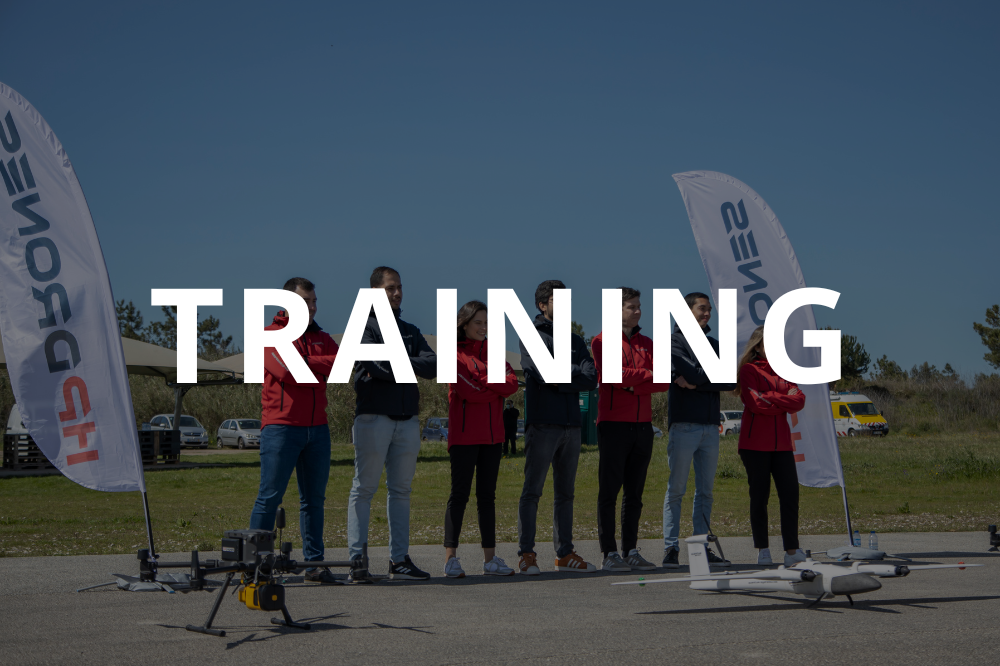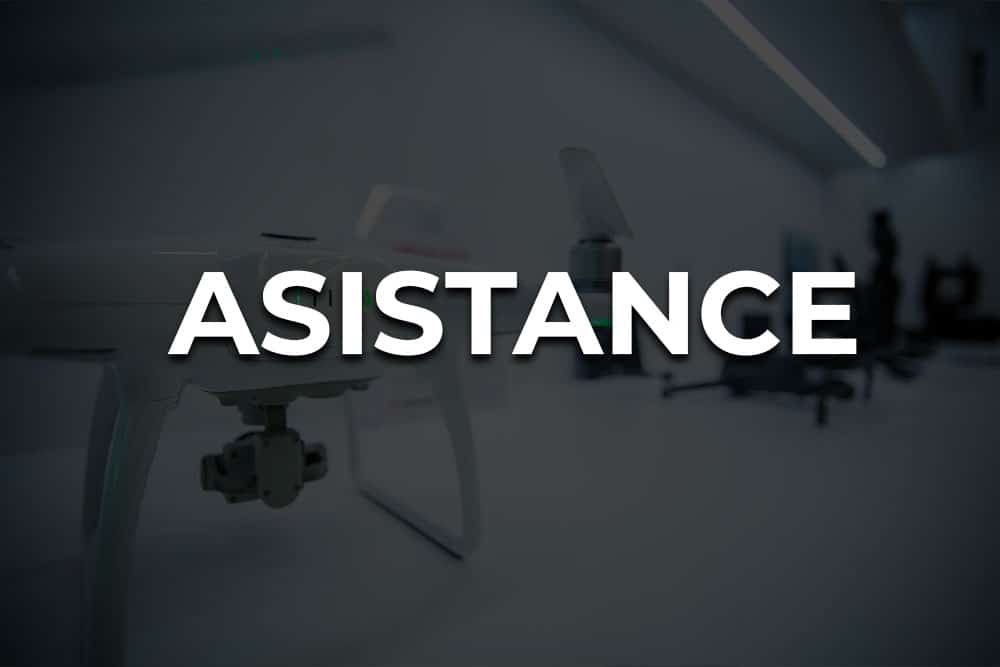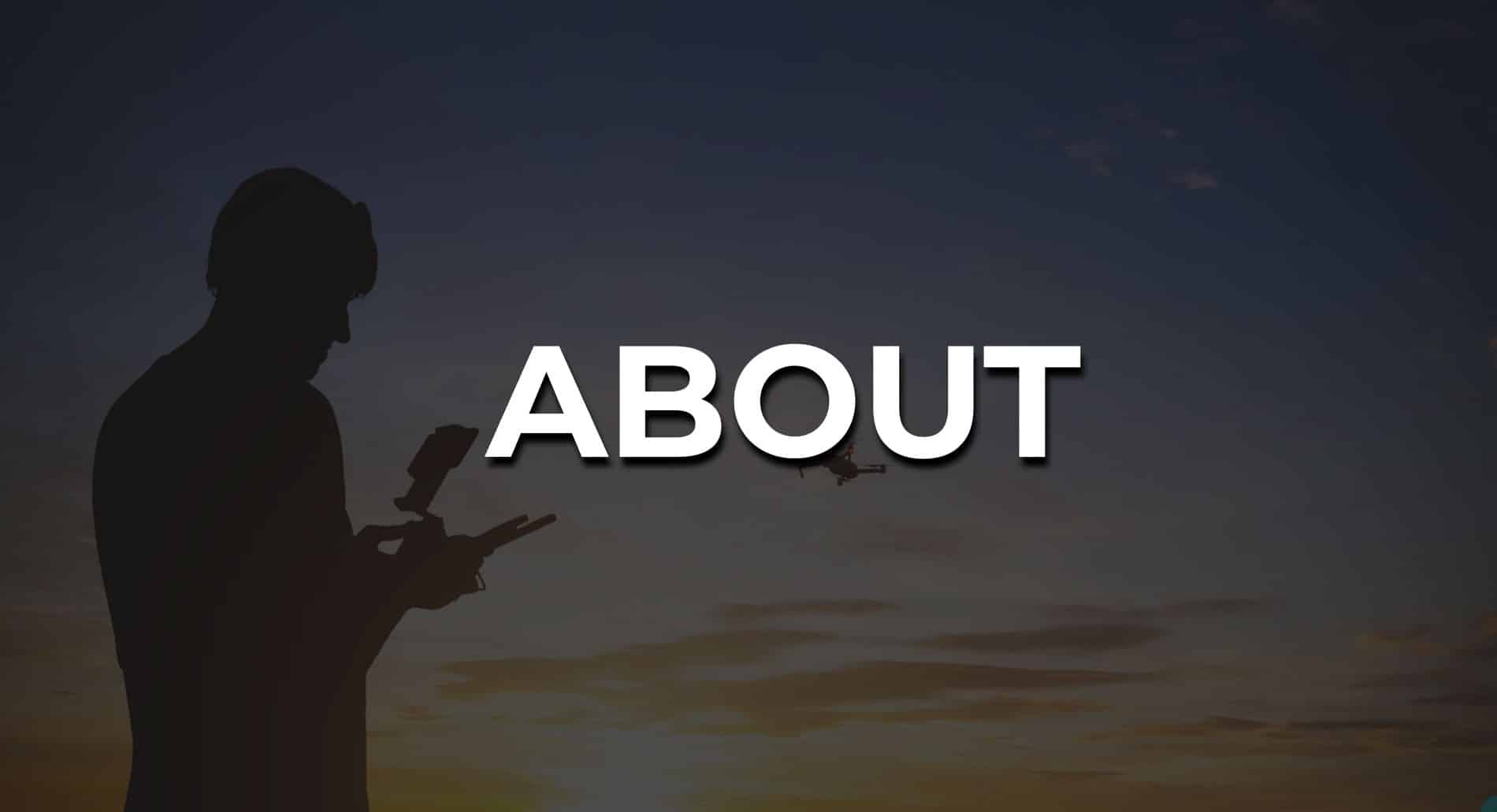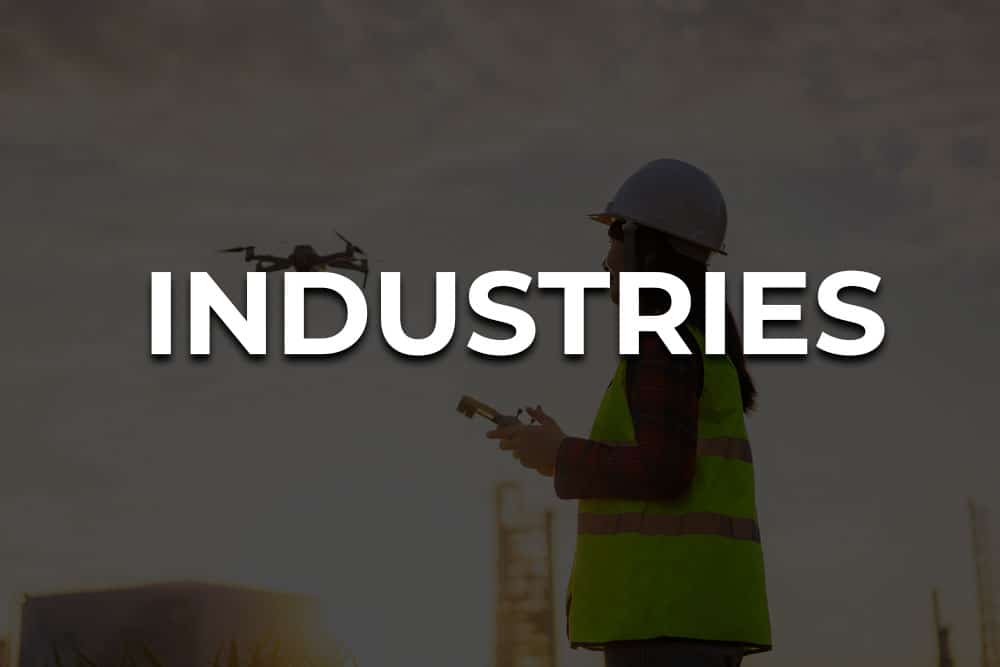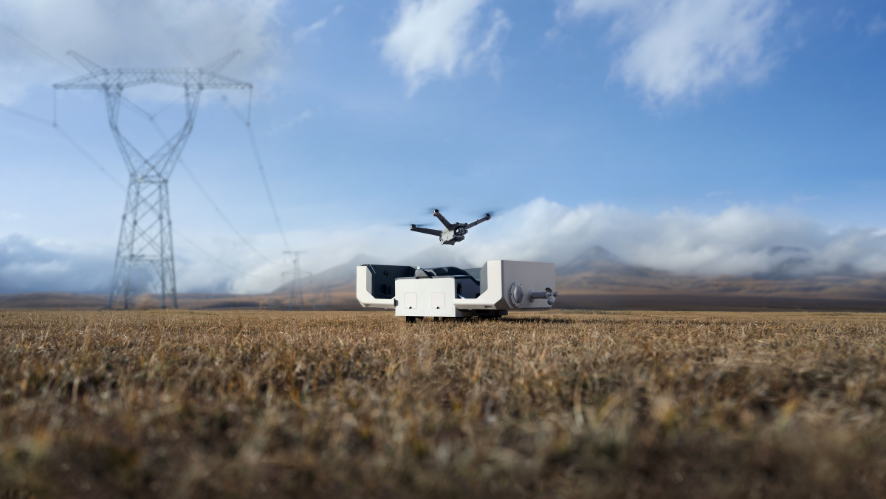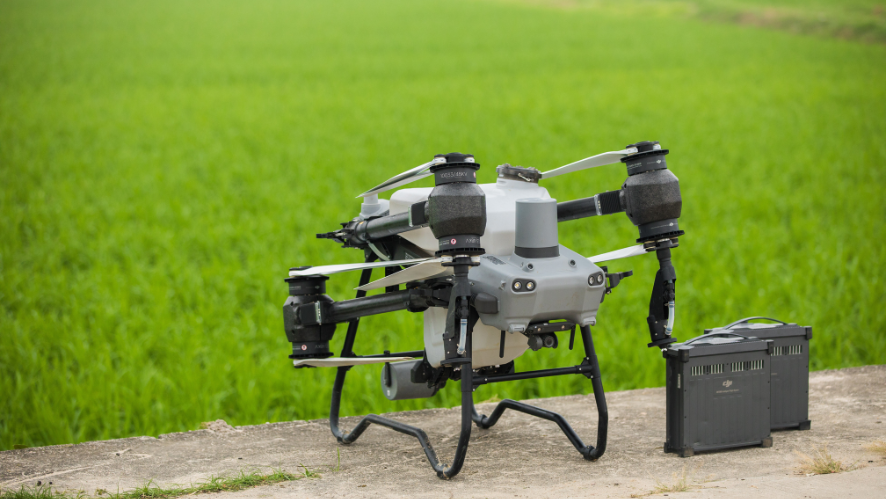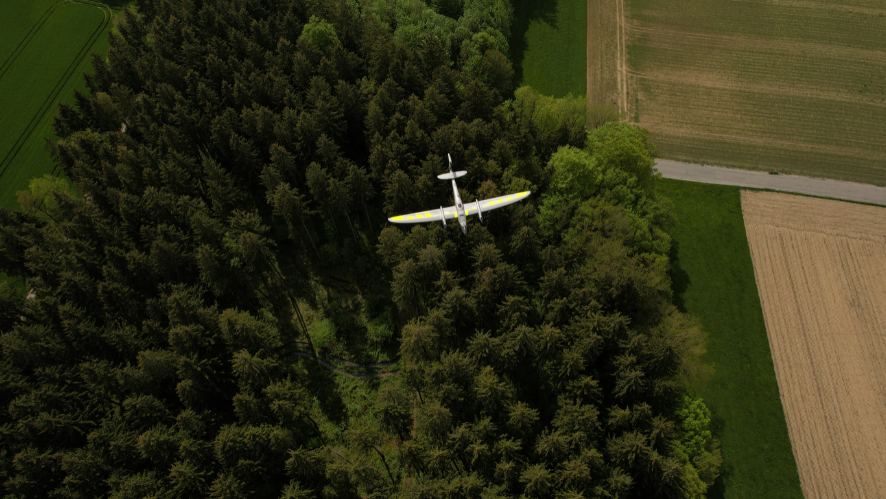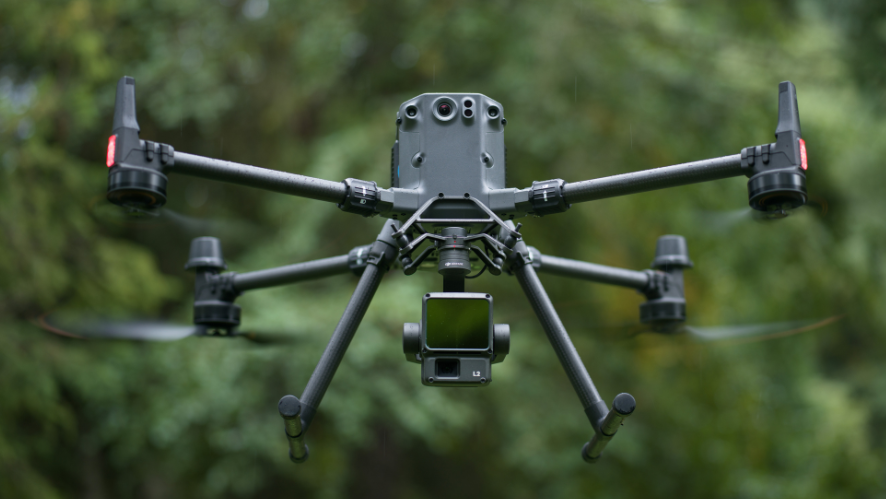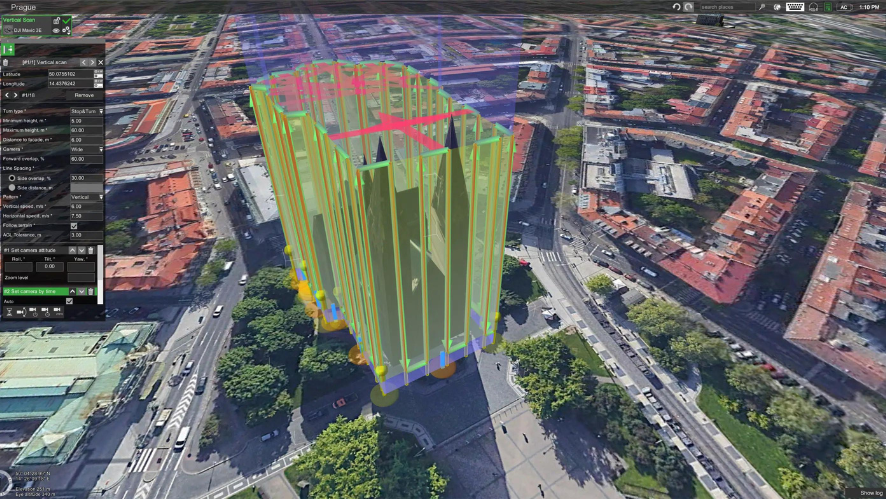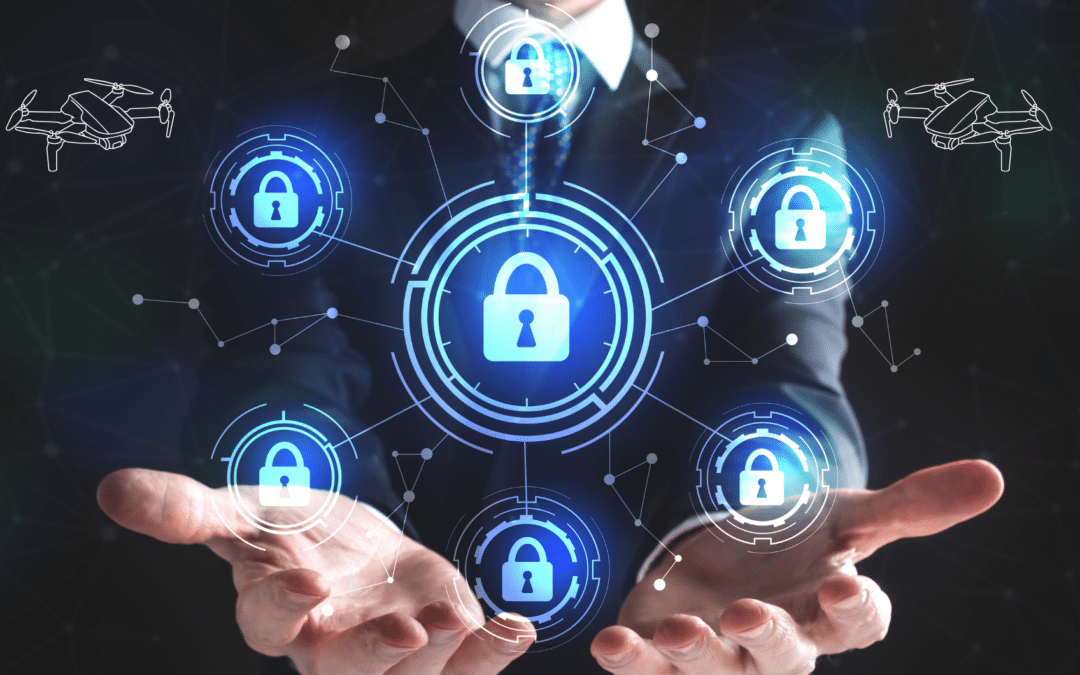Privacy and security have become central issues in the debate over the use of drones. The potential of these devices to capture sensitive data, combined with the increasing complexity of the systems that operate them, can give rise to a number of vulnerabilities. Addressing these challenges is therefore essential to ensure that technological progress does not jeopardize the fundamental rights of individuals.
Security and privacy challenges
Technical vulnerabilities
- Hacking and signal interception: Drones rely on wireless communication for operations such as remote control and data transmission. This makes them susceptible to attacks such as spoofing and jamming, which can cause the operator to lose control or sensitive data to be improperly collected.
- Navigation system failures: Problems with GPS systems and other navigation sensors can cause routing errors or even accidents, endangering people and property.
Data privacy
- Indiscriminate data collection: Drones with cameras and microphones can capture images, audio and personal information without the consent of those involved. This practice is of particular concern in urban areas and public events.
- Data storage and transfer: Ensuring that data collected by drones is stored and transferred securely is key to avoid leaks, information theft or misuse.
Regulations and compliance
- Fragmented legislation: Regulations governing the use of drones vary widely from country to country and even in different regions of the same country. This creates challenges for international operators and makes it difficult to create consistent rules.
- Privacy compliance: Drones must operate in accordance with legislation such as GDPR in Europe, which imposes strict requirements for the collection, use and protection of personal data.
- Data storage and transfer: Ensuring that data collected by drones is stored and transferred securely is key to preventing data breaches, information theft or misuse.
Solutions to ensure security and privacy
Advanced technical safety
- Data encryption: Adopting strong encryption protocols can protect data transmitted between drones and their controllers from unauthorized access.
- Software updates: Keeping drone software up to date is essential to fix vulnerabilities and implement new security features.
Privacy protection
- Exclusion zones: Establishing zones where drone use is restricted can help protect sensitive locations such as residences and government facilities.
- Informed consent: Drone operators should be transparent about data collection practices, ensuring that those affected are aware and able to give consent.
Regulatory compliance
- Harmonization of laws: international collaboration is needed to create consistent regulations that meet security and privacy needs worldwide.
- Audits and inspections: Periodic inspections and audits can help verify compliance and identify points for improvement.
Conclusion
Drones pose significant security and privacy challenges. Technical vulnerabilities, data privacy risks and fragmented legislation require comprehensive solutions. Advances in technical security, privacy protection and regulatory harmonization are essential to ensure that drone use benefits society without compromising individual rights.
When addressed proactively, responsible regulations and practices not only minimize the risks associated with drone use, but also enhance its benefits to individuals and organizations. Public awareness and proper training of operators are also crucial to ensure that this technology is used ethically and safely, promoting a healthy balance between innovation and the protection of fundamental rights.
________________________________________________________

